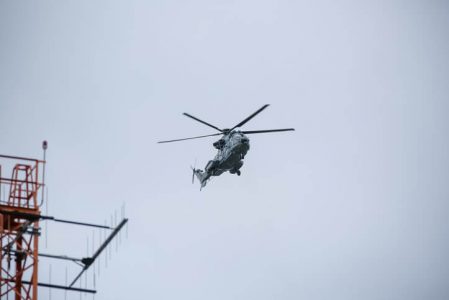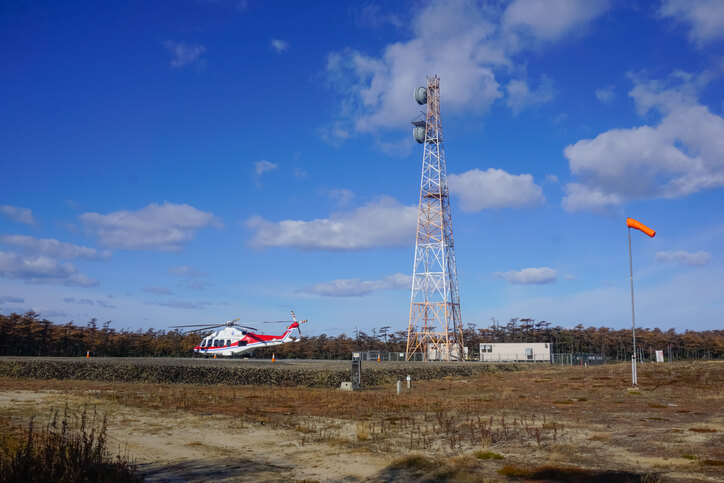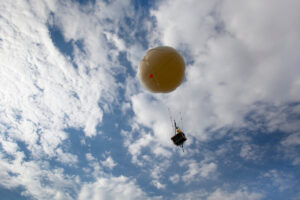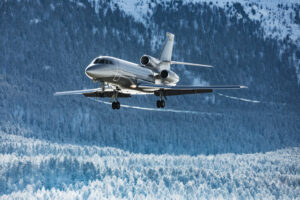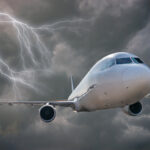FAA Warns Pilots About Growing 5G Range in Aviation Airspace
It’s time to address the 5G elephant in the room. While it may seem like the issue has faded away, the truth is that the Federal Aviation Administration (FAA) is warning pilots about growing areas of 5G interference. Helicopter pilots are also feeling the impact.
21 wireless companies are set to unleash their 5G C-band cellphone network transmitters, prompting the FAA to impose new restrictions on helicopter operations starting June 30. These restrictions are outlined in airworthiness directive (AD) 2023-11-07, which replaces a previous directive.
Implications of 5G interference
The implications of 5G interference during flights is crucial for several reasons:
- Navigation Systems: 5G could potentially interfere with Radio Altimeter systems on aircraft, affecting their ability to accurately determine the aircraft’s height above ground level during critical phases of flight such as landing.
- Safety: Any interference with onboard systems could compromise safety. Pilots must be aware of potential 5G interference to take appropriate action if any navigation or communication systems behave unexpectedly.
- Communication: If 5G signals interfere with aviation frequencies, it could disrupt communication between the aircraft and air traffic control, potentially leading to misunderstandings or missed messages.
- Flight Delays and Disruptions: If 5G interference becomes a widespread issue, it may result in flight delays or changes in flight routes to avoid areas with strong 5G signals.
- Regulatory Compliance: Pilots need to stay updated about regulations and advisories related to 5G interference issued by aviation authorities like the FAA. These guidelines will help pilots manage potential risks associated with 5G interference.
Next Steps
Helicopter operators must now either upgrade their radar altimeters to meet new performance standards or update their flight manuals to reflect the older limitations. These limitations include avoiding offshore approaches with radar altimeter minimums, using autopilot hover mode that relies on radar altimeter data, engaging search and rescue autopilot modes that utilize radar altimeter data, and performing takeoffs or landings with radar altimeter data. The only exemption to these limitations is granted to helicopter air ambulance companies using night vision goggles.
Unfortunately, meeting these new requirements can be pricey, with filters costing over $10,000 and new radar altimeter reaching up to $40,000. The silver lining is that a potential grant system, outlined in the ongoing FAA reauthorization bill, could alleviate some of these expenses. However, the outcome of the bill remains uncertain.
It’s crucial to note that these restrictions cover not only the contiguous United States’ aviation airspace but also extend to the 12-mile air defense identification zone (ADIZ). The FAA acknowledges that the interference from 5G C-band might even surpass a 20-mile radius beyond these boundaries. While we hope these restrictions are temporary, it’s better to err on the side of caution for now.
Don’t let 5G complications fly under your radar. Stay informed and prepared as we navigate this evolving airspace landscape.

